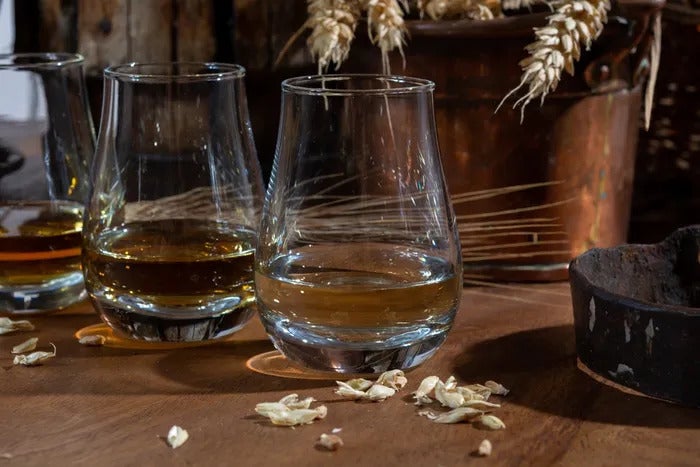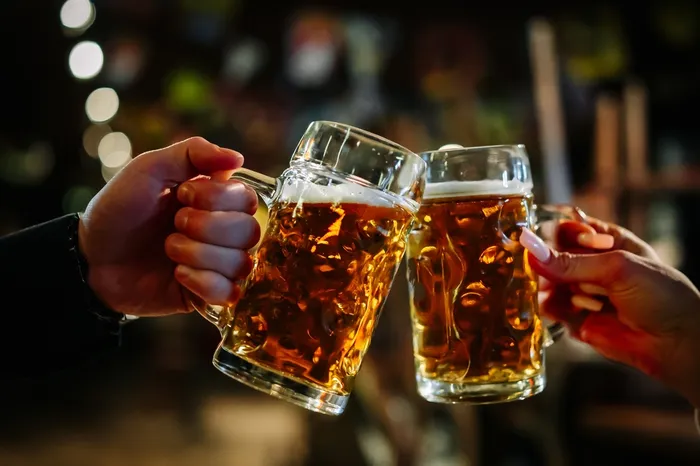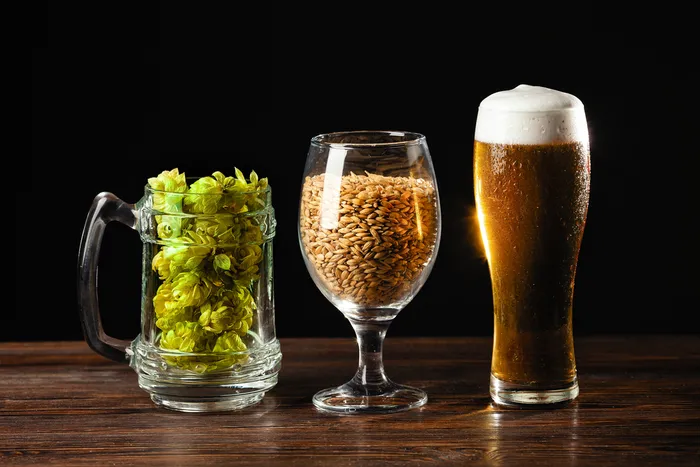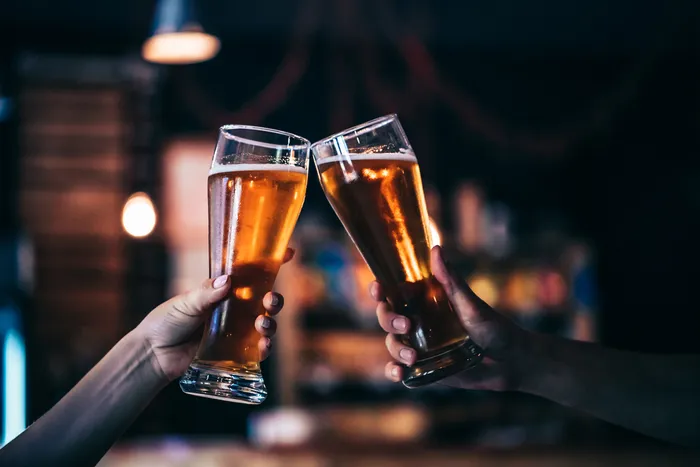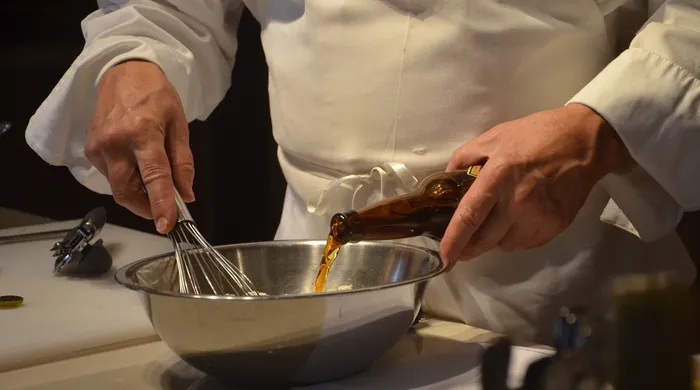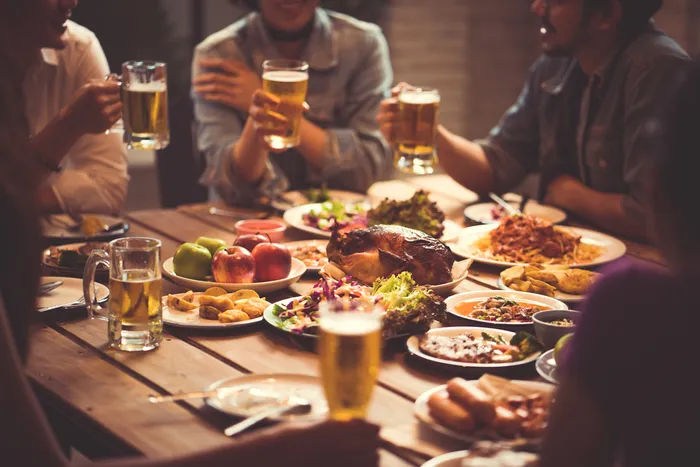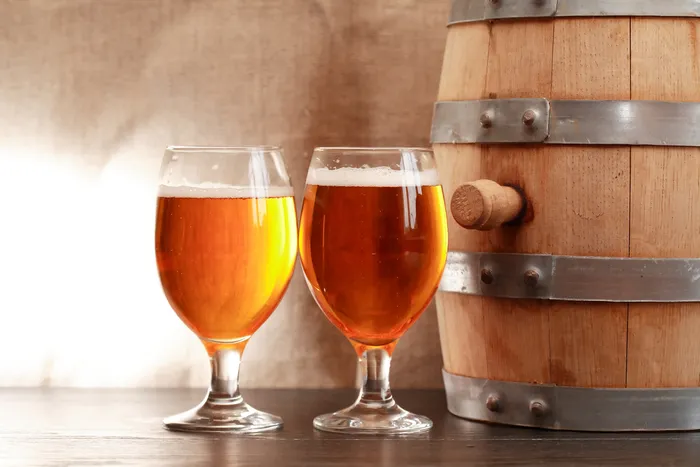There are no results that match your search.
Beer • 5 min • 01.07.2023
Ales vs Lagers: Exploring the Two Classic Types of Beer

Having worked behind the bar for countless years, I can say without a doubt that beer is my first choice of beverage, even on my off days. There's a comforting simplicity to it—pull a draft or pop open a cold one, and all’s well with the world. But have you ever wondered what sets the many varieties of this classic tipple apart?
All beer essentially falls into two main categories: Ale or Lager. So let's embark on this journey through the world of these classic brews!
Ales vs Lagers: Brewing the Difference
Both ales and lagers have their beginnings as grain. Brewers malt this grain, mix it in boiling water to release fermentable sugars, and then strain out the grain. The water left behind, known as wort, is then boiled again with hops and other flavouring ingredients. Once strained again, the wort is ready for fermentation—the defining stage that differentiates ales from lagers.
Ales are brewed using top-fermenting yeast, Saccharomyces cerevisiae, which thrives at higher temperatures, typically between 15-22°C. The warmer environment means the yeast ferments the beer faster, reducing the brewing process to a period of seven days to five weeks. This rapid fermentation imparts ales with strong and complex flavours.
On the flip side, lagers owe their creation to bottom-fermenting yeast, Saccharomyces pastorianus. This yeast performs optimally at cooler temperatures, around 12-18°C. The slower fermentation process allows for a more thorough development of flavours, extending brewing times from two weeks to eight weeks.
The Taste Test: Ales vs Lagers
Now, onto the aspect most dear to us beer lovers—flavour. Ales and lagers present unique taste profiles. Lagers, thanks to their cool fermentation, offer a cleaner taste, letting the flavours of malt and hops shine through. They often bring refreshing, crisp notes, and a smooth finish. My personal lager favourite? Warsteiner, its fine bubbles make it the perfect antidote to Singapore's sunny heat.
Ales, in contrast, exhibit stronger fruit flavours and hints of spice, balancing the malt and hops. They have a fuller body, with a typically cloudier and darker appearance than lagers. Ales often pack a higher alcohol punch and can exhibit more bitterness. A prime example is the IPA (India Pale Ale), a pale ale made with an extra dose of hops. One of my favourites is Little Creatures, which expertly balances a refreshing fruitiness with a robust bitterness. Ale's temperature tolerance means that its robust flavours not only hold well but can even evolve a little as the beer warms.
Pocketbook Considerations: Ales vs Lagers
Beer prices can vary widely, influenced by factors such as ingredients, brewing process, and brand reputation. High-quality lagers like Warsteiner may cost upwards of $80 per carton, while premium ales like Little Creatures hover around the $110 mark in Singapore. More familiar beers like lager-style Heineken and ale-style Guinness Draft range from $70 to $90 per carton respectively.
Summary: Finding Your Brew
From my time serving and savouring beers, I've noticed that lagers often offer a refreshing, lighter, and gassier experience. In contrast, ales present deeper, more complex flavours and tend to be less bloating. The experience, of course, varies from person to person, and the vast variety available today adds to the diversity of the beer-drinking experience.
Whether you're an aficionado of the wide-ranging flavours and robust bitterness of ales or a fan of the crisp, clean, and slightly sweet notes of lagers, the world of beer has something to offer you. For your next exploration into ales and lagers, why not check out Paneco's extensive selection of beers from around the world? Remember to sign up for a membership to enjoy discounted prices on your purchases!
So here's a toast to your beer adventures and the joy of discovering new tastes. Whether it's an ale or a lager in your hand, each sip offers a unique experience. Raise your glass to the world of beer and savour the flavours. Cheers!








